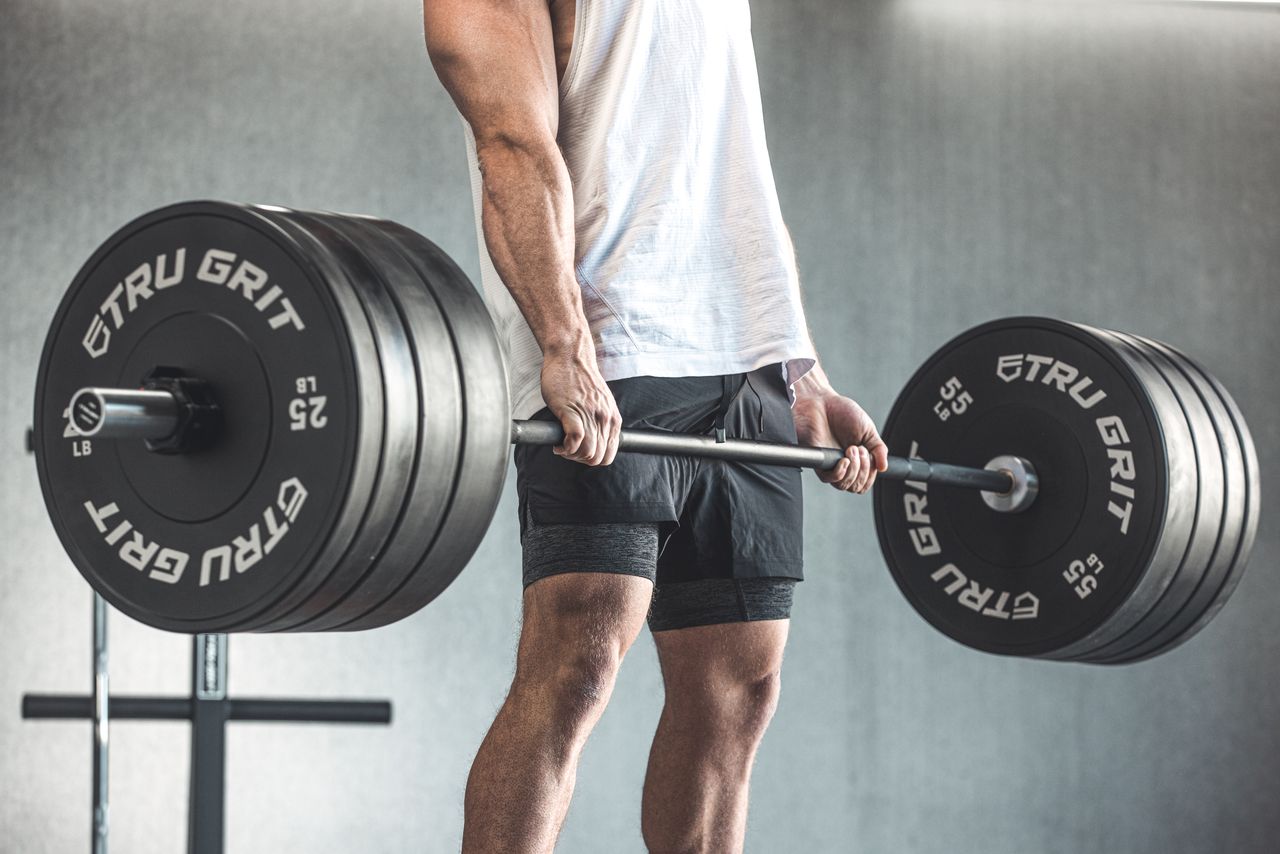
Barbells are a staple in gyms worldwide, but how much do you really know about them? These versatile pieces of equipment have a rich history and a variety of uses that might surprise you. From their origins in ancient Greece to their role in modern fitness routines, barbells have evolved significantly. Whether you're a seasoned lifter or just starting out, understanding the facts about barbells can enhance your workout experience. Why are barbells so important in strength training? They allow for a full range of motion, engage multiple muscle groups, and can be adjusted to suit any fitness level. Ready to lift your knowledge? Let's dive into 35 fascinating facts about barbells!
The History of Barbells
Barbells have a rich history that dates back centuries. Let's explore some fascinating facts about their origins and evolution.
- The first barbells were used in ancient Greece. Athletes lifted stone weights with handles carved into them.
- In the 19th century, barbells evolved into hollow globes filled with sand or lead shot.
- The modern barbell design, with adjustable plates, was invented in the early 20th century.
- The International Weightlifting Federation (IWF) was founded in 1920, standardizing barbell weights and sizes.
- Olympic barbells were introduced in the 1928 Amsterdam Olympics.
Types of Barbells
Different types of barbells serve various fitness purposes. Here are some key facts about the most common types.
- Standard barbells are typically 5 to 6 feet long and weigh around 20 pounds.
- Olympic barbells are 7 feet long and weigh 45 pounds for men, 33 pounds for women.
- Curl bars, also known as EZ bars, have a zigzag shape to reduce wrist strain during bicep curls.
- Trap bars, or hex bars, are shaped like a hexagon and used for deadlifts and shrugs.
- Safety squat bars have padded shoulders and a cambered design to reduce shoulder strain during squats.
Barbell Materials and Construction
The materials and construction of barbells impact their performance and durability. Here are some interesting facts about what goes into making a barbell.
- Most barbells are made from steel, which provides strength and flexibility.
- High-quality barbells use stainless steel or chrome plating to prevent rust and corrosion.
- The knurling on a barbell's grip helps lifters maintain a secure hold during exercises.
- Olympic barbells have rotating sleeves to reduce stress on the wrists and elbows.
- The tensile strength of a barbell, measured in pounds per square inch (PSI), indicates its durability. High-end barbells have a tensile strength of 190,000 PSI or more.
Barbell Exercises
Barbells are versatile tools for a wide range of exercises. Here are some facts about popular barbell exercises.
- The bench press targets the chest, shoulders, and triceps.
- Squats are a compound exercise that works the legs, glutes, and core.
- Deadlifts engage the entire posterior chain, including the back, glutes, and hamstrings.
- The overhead press strengthens the shoulders, triceps, and upper chest.
- Barbell rows target the upper back, lats, and biceps.
Barbell Competitions
Barbells play a central role in various strength competitions. Here are some facts about these events.
- Olympic weightlifting includes two lifts: the snatch and the clean and jerk.
- Powerlifting consists of three lifts: the squat, bench press, and deadlift.
- Strongman competitions feature unique barbell events like the axle press and log lift.
- CrossFit competitions often include barbell exercises like thrusters and cleans.
- The heaviest weight ever lifted in competition was 584 pounds in the clean and jerk by Lasha Talakhadze.
Barbell Safety and Maintenance
Proper safety and maintenance are crucial for barbell longevity and user safety. Here are some essential facts.
- Always use collars or clips to secure weight plates on the barbell.
- Inspect barbells regularly for signs of wear, such as rust or bent shafts.
- Clean barbells with a nylon brush to remove chalk and sweat residue.
- Store barbells on a rack or wall-mounted holder to prevent damage.
- Use proper lifting techniques and warm up before heavy lifting to avoid injury.
Fun Facts About Barbells
Barbells have some quirky and fun aspects too. Here are a few light-hearted facts.
- The term "barbell" comes from the French word "barre," meaning bar or rod.
- The world record for the most weight lifted in one hour is 305,300 pounds, set by Eamonn Keane.
- Some barbells are designed with colorful plates for a more vibrant gym experience.
- The longest barbell ever made was over 50 feet long and used in a strongman competition.
- Barbells are featured in many popular video games, such as "Grand Theft Auto" and "The Sims."
The Final Lift
Barbells have a rich history and a significant impact on fitness. From their ancient origins to modern-day gyms, these versatile tools have shaped how we train. Whether you're a beginner or a seasoned lifter, understanding the facts about barbells can enhance your workouts. They come in various types, each serving a unique purpose, and knowing which one to use can make all the difference. Safety is paramount, so always use proper form and equipment. Barbells aren't just for building muscle; they improve overall strength, endurance, and even mental health. So next time you hit the gym, remember the fascinating history and benefits of barbells. They’re more than just a piece of metal; they’re a gateway to a healthier, stronger you. Keep lifting, stay safe, and enjoy the journey of strength training.
Was this page helpful?
Our commitment to delivering trustworthy and engaging content is at the heart of what we do. Each fact on our site is contributed by real users like you, bringing a wealth of diverse insights and information. To ensure the highest standards of accuracy and reliability, our dedicated editors meticulously review each submission. This process guarantees that the facts we share are not only fascinating but also credible. Trust in our commitment to quality and authenticity as you explore and learn with us.
